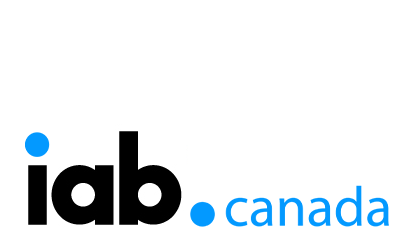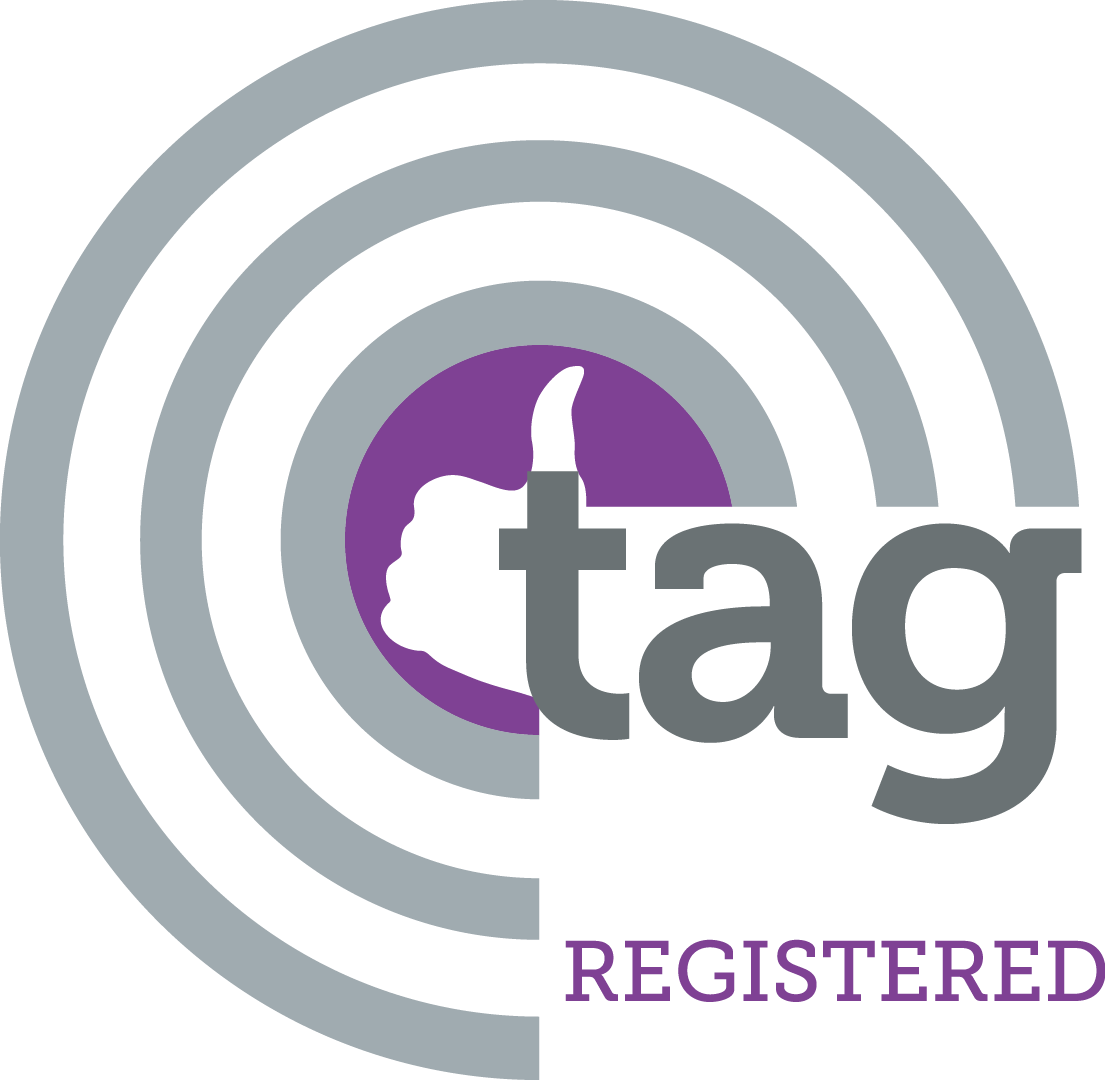The Death of the Cookie Will Lead
to Stronger Targeting Potential
The Right Approach to a Cookieless Future
By Roger Vasquez, VP of Creative Data & Ad Operations at Clinch
December 12th, 2022
Looking out a seventh floor window to the sidewalk below, you see a lot of what you know are either people or cleverly dressed dogs, but their individual characteristics are pretty hard to weed out (so it may be both). Going down to street level, you can see much more about each group walking by.
This is the opportunity that the end of the cookie as a container of persona-level data offers companies who rely on well-targeted advertising.
Let’s say you’re a bank and you want to sell checking accounts or mortgages. You might target cookie-based audiences by life stage or in-market characteristics. But the cookie has always been approximated data, and that approximation has always been derived from behaviors that we think demonstrate something true about the individuals in those groups. Approximated people. And then those approximated people (cookies) will be put through additional approximation (cookie modeling) in order to expand the target group into something with enough scale to be interesting to advertisers.
In the past, when someone opened a bank account (solid ground floor first party data) and if you wanted to find more people that look like your new customer, you would have relied on the cookie data they carry. And if you really unpacked that new customer’s cookie data, comparing the real them, which you know from your own (first party) data, with the approximated them, you might discover some anomalies. Just for example, some cookies exist in both Moms and Dads targeting groups, or perhaps also in a Cleverly Dressed Dogs group, too. The point is, cookie-based modeling inferences are fuzzy.
Holding to our storied building analogy, this is more like moving down to the sixth floor window — it’s both easier to get to and closer to the ground floor. However, without the cookie, there’s nowhere to go but to the street and there’s a world full of promise down there.
In statistics, confidence is a function of sample size. Testing messages across cookie-based audiences ensures the largest audience. But highly accurate samples are often just presumed. Based on what we know about cookie-based audiences — like our Mom/Dad/Dog example — if the sample isn’t high fidelity the learnings won’t be either. Or, the learnings are only as sharp as the audience data — the floor window out of which we’re looking. Without the cookie, our bank can now test entirely off of the self-reported characteristics of their buyers. It’s a much smaller sample, but a much more accurate one. It’s the best way to know your customers.
But what about scale? There will be two ways to turn that knowledge into scale. The first, which already exists, are data clean rooms. In a clean room, I can identify the characteristics of my small audience that matters, and have an intermediary build a target group that finds those characteristics in the data of other businesses. So if my bank makes a prediction from our testing that people who buy homes and open mortgages do it 2-4 years after having their first child, and the initial contacts with the bank are weighted towards a particular gender or commuting distance from an employment hub, etc., the clean room can match those characteristics with media outlets that have collected these data points, in a privacy-compliant way, and scale up our advertising reach. All based on core learnings from known customers.
The second way is to use targeting from Google Interests or other companies with compelling stories around their first party data and/or scaling mechanics. The key is that you have to trust that these sources can reliably deliver the characteristics that matter to you in the least lossy way possible. There will be waste, but far less than with the cookie and less noise from approximating approximations.
This shift to internal modeling also comes with strategic opportunities on the media side. When we look at the individuals who bought our products and where their traffic originated, we get two things: insight into their research process (did they come from an ad, a social post, organic search, etc.) and a better understanding of their media habits. We may quickly look back on this week’s batch of buyers and see that they substantially responded to a social post, from which we might learn what works best for us on that platform, or we might see that a lot of traffic came from an ad partner, in which case we may want to adjust our spend.
When you combine this sort of higher fidelity audience, strategic, and results-oriented data with creative engagement data, which enables a deep understanding of how creative elements interact with audience data across all media types, you have the kind of intelligent ecosystem that cookies kind of promised but never came close to fulfilling.
So to me, the death of the cookie is an opportunity to do better modeling with higher-fidelity data; to do that by trading easy numbers for diligent accuracy, and taking advantage of the networks of other data owners that will flourish into a new, healthier, more capable data ecosystem. And that is a ground-floor opportunity.



